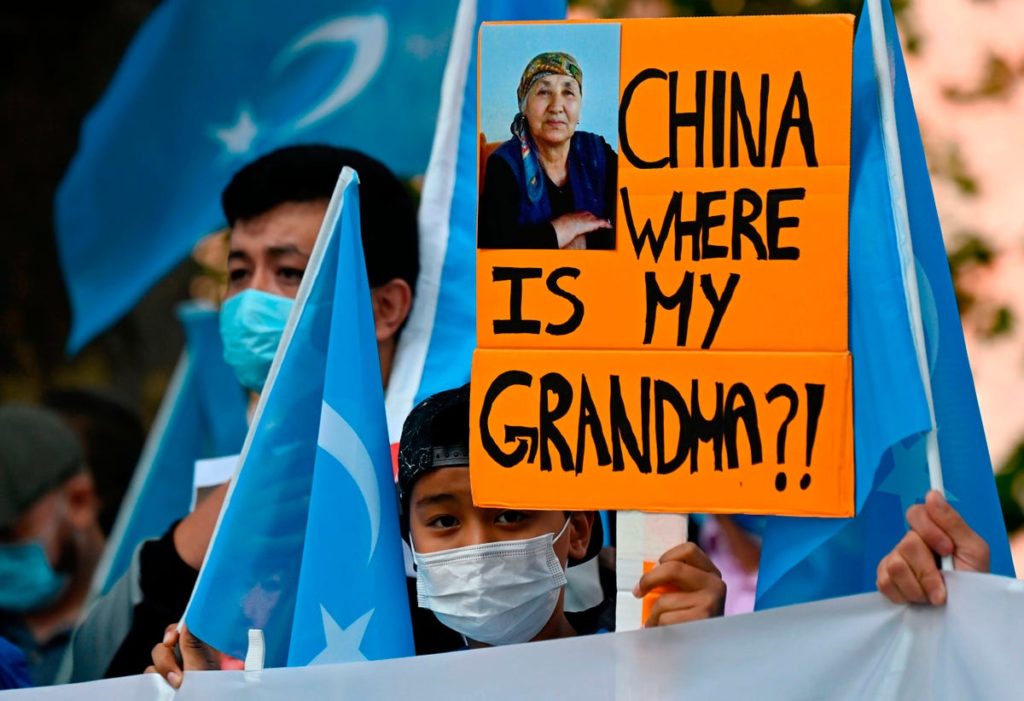Slave Labor and Solar Energy

Dayen has a good piece on the complex politics of the solar energy industry and how despite how it initially looks, it is essentially beholden to the Chinese. The Solar Energy Industries Association is fighting against a Commerce Department investigation into trade violation on solar panel imports. It is claiming that this is stopping our transition to solar energy. But what’s really happening is that SEIA is defending the slave labor that makes this stuff.
THE UYGHUR FORCED LABOR PREVENTION ACT is designed to prohibit any imports from the Xinjiang region, where detention camps run rampant. It passed the House 428-1 and the Senate by voice vote, and was signed by the president last December. The bulk of the solar components produced in China, and about half of the world’s polysilicon, comes from this region.
While the Chinese government has called the use of forced labor in Xinjiang “a rumor,” it has been acknowledged by virtually everyone involved in the industry. Polysilicon from China is on an official Department of Labor list of goods produced by forced labor. “It is a problem,” John Kerry conceded in House testimony last year.
In February 2021, SEIA had 175 member companies sign a pledge that opposed forced labor in the solar supply chain. “We hereby commit to helping ensure that the solar supply chain is free of forced labor and raising awareness within the industry on this important issue,” the pledge reads.
But incredibly, among the companies signing that pledge were U.S. subsidiaries of Chinese firms that have been credibly accused of engaging in forced labor. LONGi, one of the signatories, had its shipments seized by Customs and Border Protection (CBP) under a separate anti-slavery statute last November. JinkoSolar, Canadian Solar, and Trina Solar have also had imports blocked. Jinko and Trina are also signatories to the pledge. A U.K. report in April 2021 named those two companies and JA Solar as users of Uyghur forced labor. JA Solar also signed the pledge.
A March 2021 letter from Sens. Jeff Merkley (D-OR) and Marco Rubio (R-FL) notes that Jinko, JA, and LONGi have all “publicly indicated that they source polysilicon” from Xinjiang.
Asked about the signatories to the pledge, SEIA’s Whitten said that the organization created a traceability tool to help companies maintain an ethical supply chain, and “has been calling on all U.S. solar companies to immediately leave the Xinjiang region since October 2020.” But it’s hard to square that with pledge-signers including subsidiaries of Chinese companies still producing in Xinjiang.
For their part, the Chinese companies have implausibly intimated that they have a floor in their factories where non-slaves make components for the U.S. market, according to sources.
You know, we can indeed revolutionize our energy plan and not have slave labor……….


